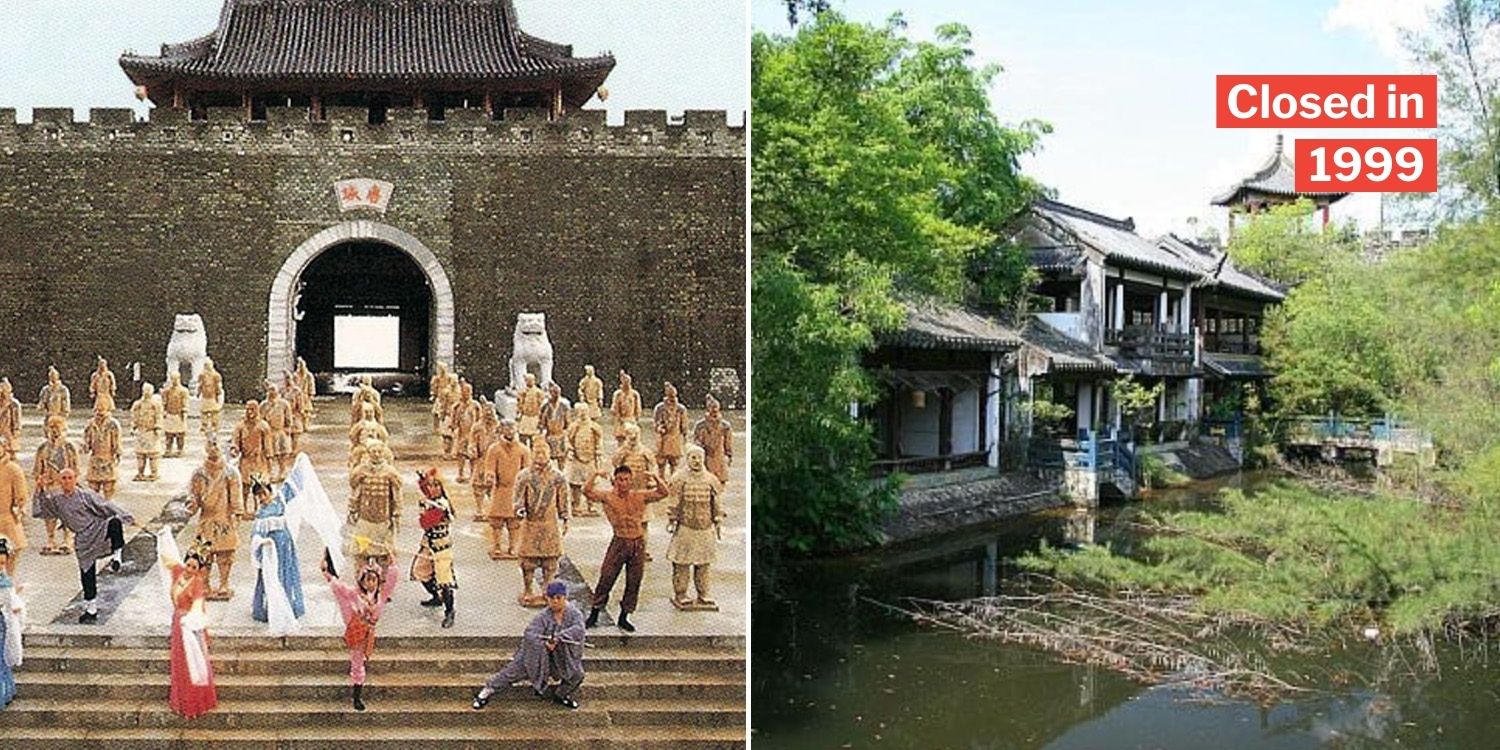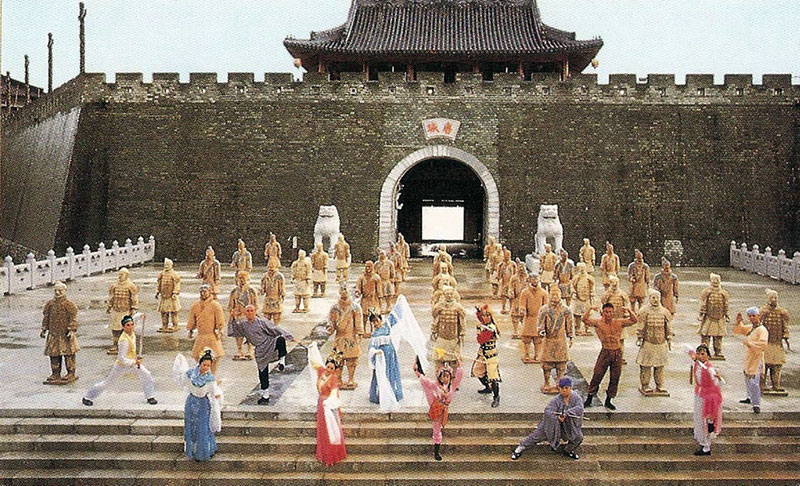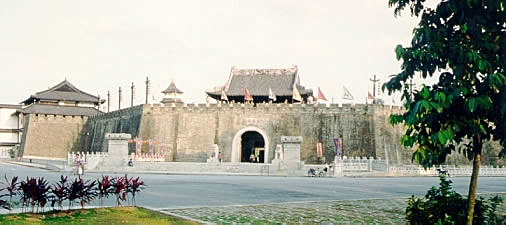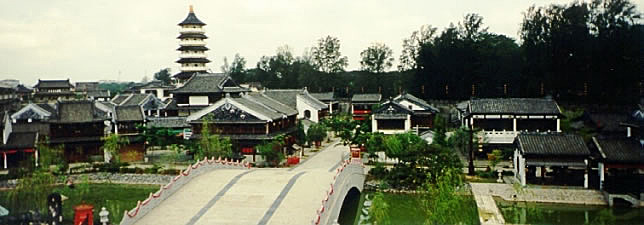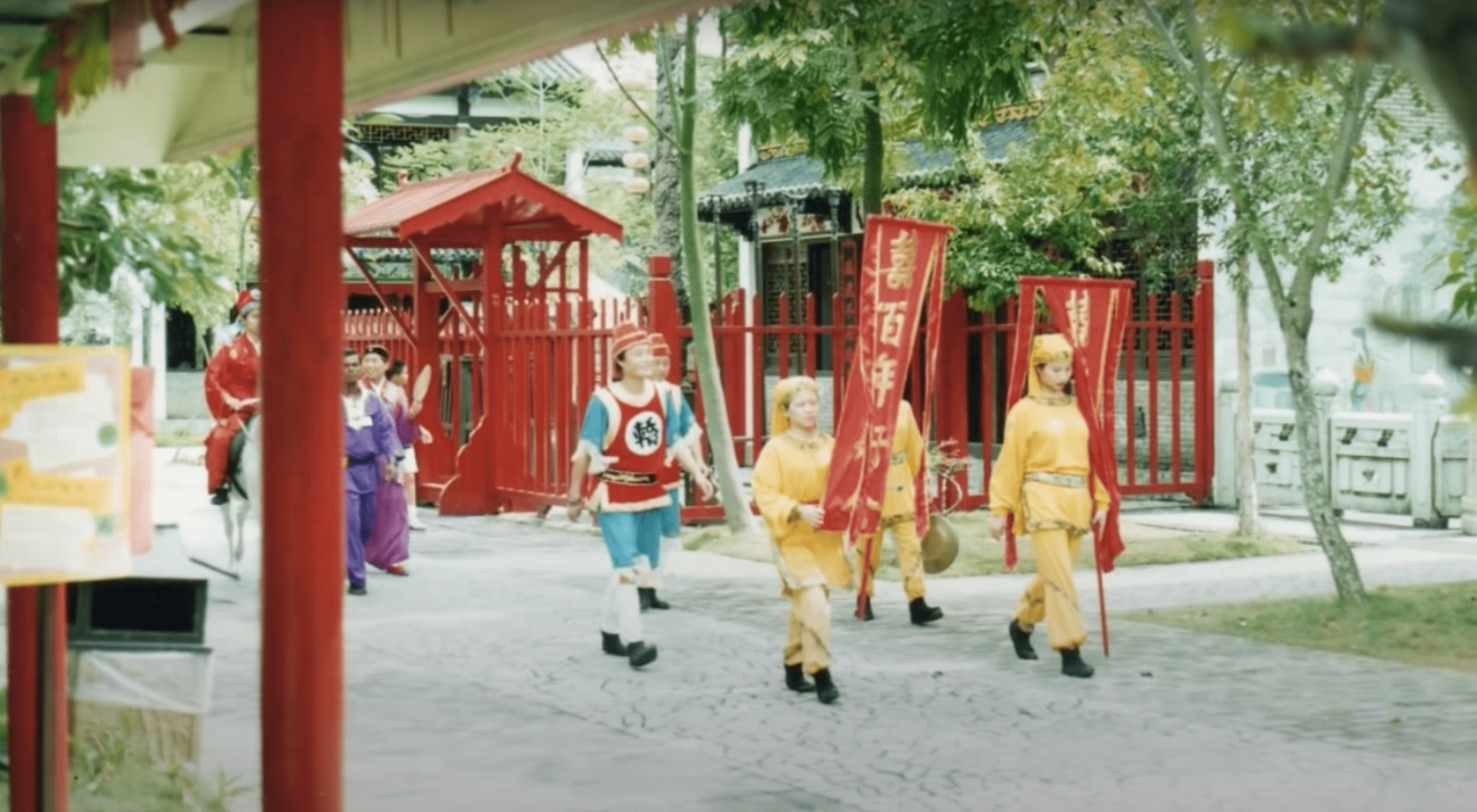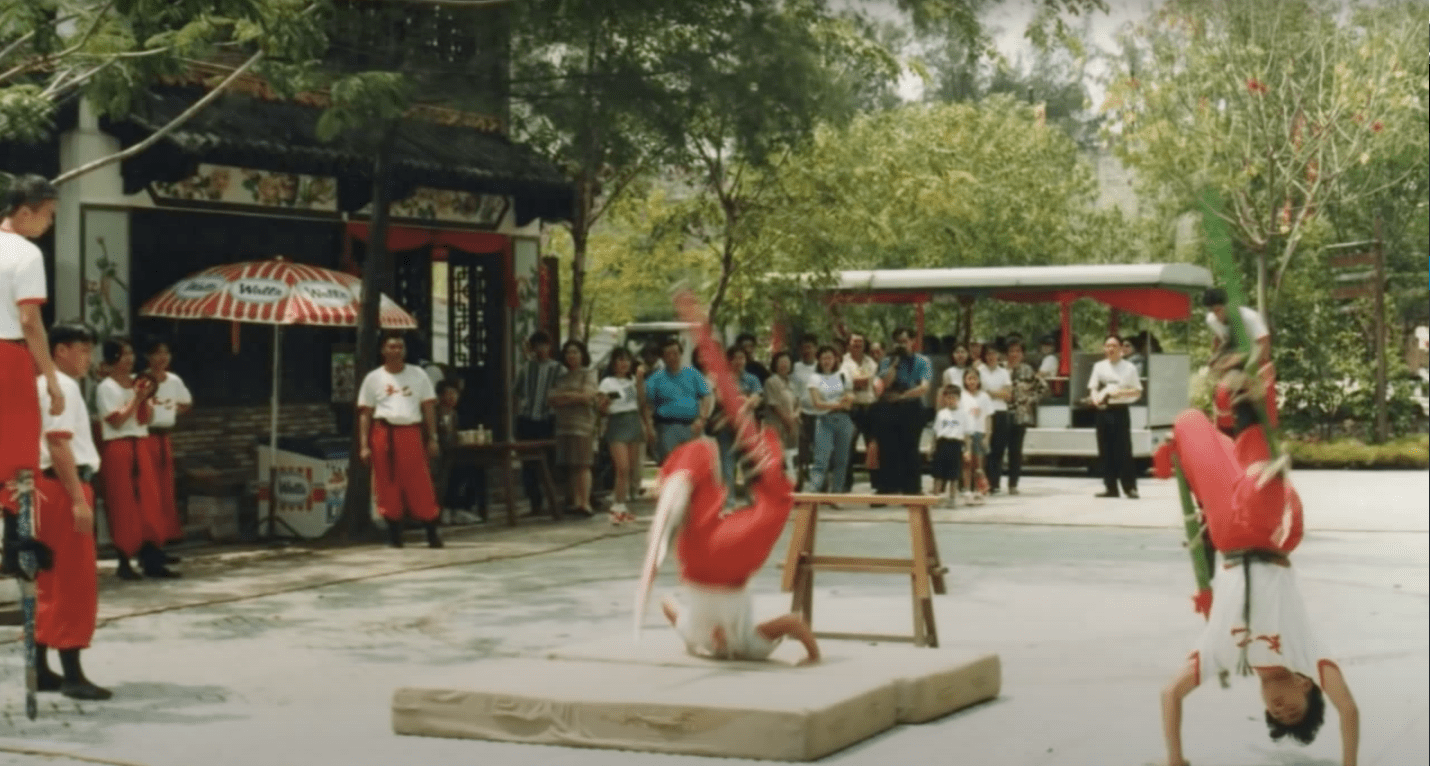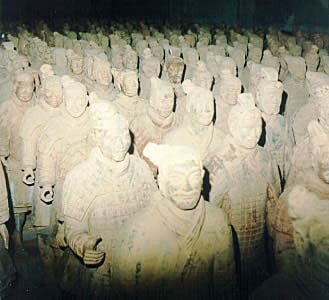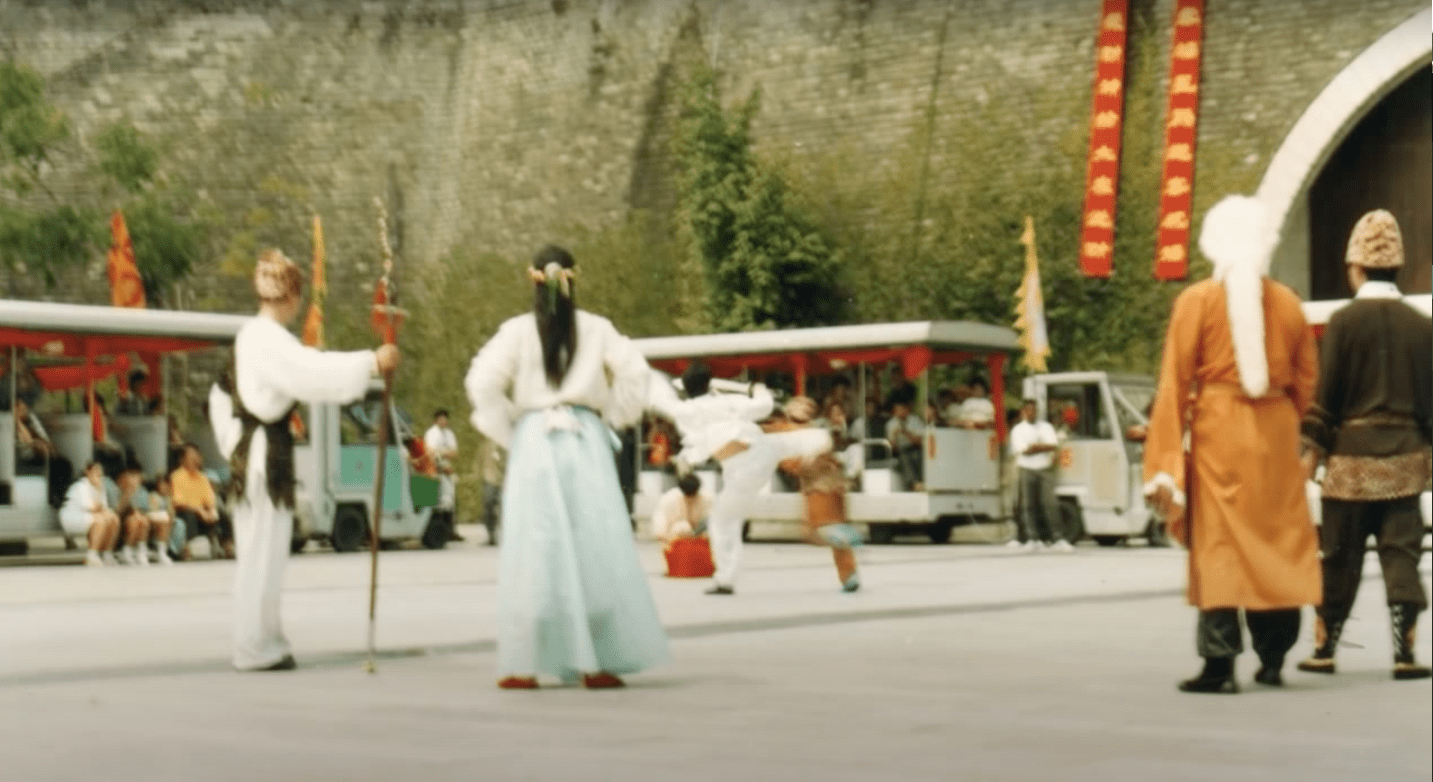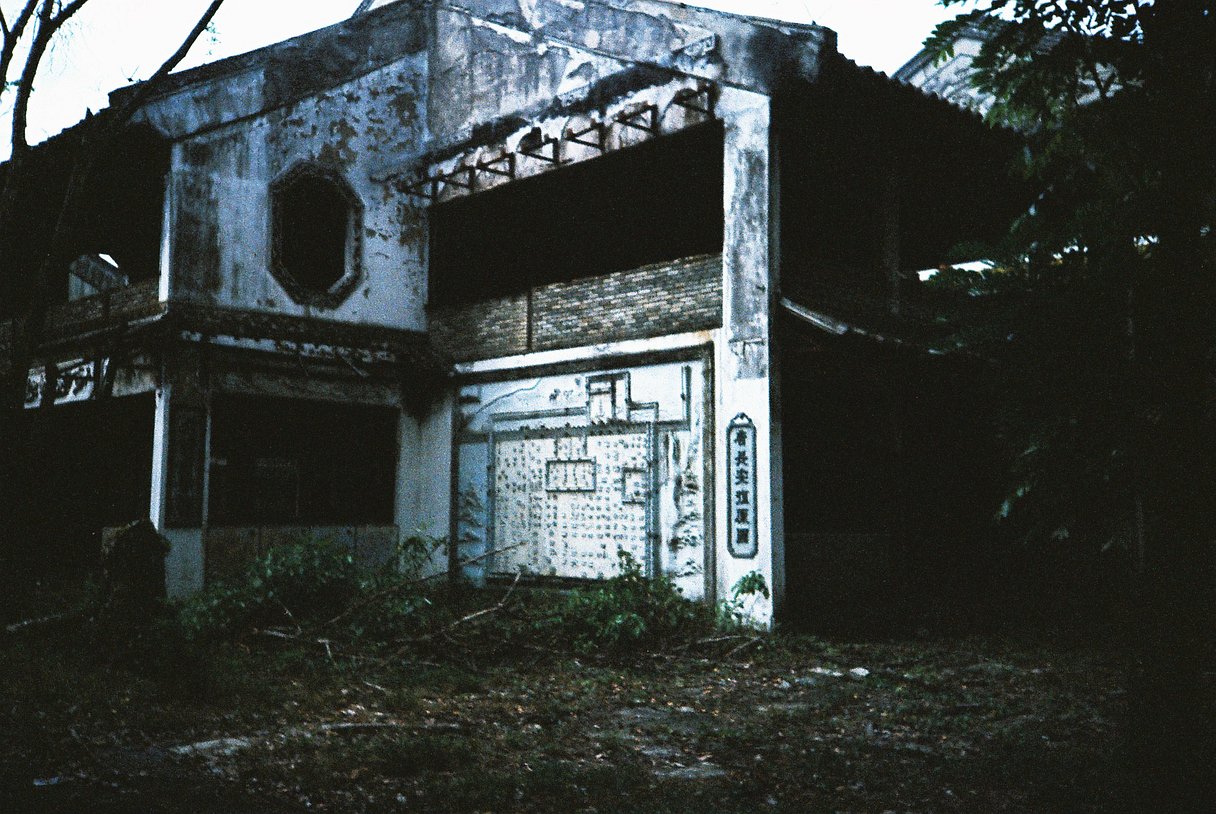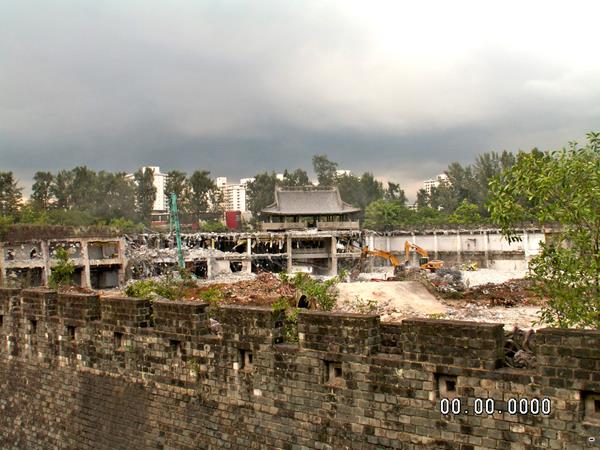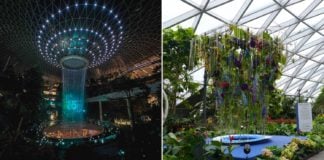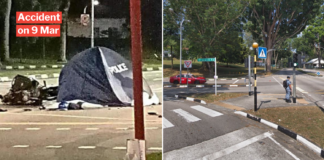Tang Dynasty Village Had Life Size Great Wall Of China & Terracotta Warriors
As far as attractions in Singapore are concerned, USS and Gardens by The Bay are without a doubt the most popular ones right now.
However, back in the 1990s, Tang Dynasty Village seemed to be the grandest one on our sunny island.
Located close to Jurong Lake Garden, Tang Dynasty Village was supposed to be what put Singapore films on the world map, while also being a theme park.
Unfortunately, the $70-million attraction lasted less than 10 years, opening in Jan 1992 and closing 7 years later in 1999.
Tang Dynasty Village took visitors back to ancient China
The attraction transported visitors back to the era when period shows tend to set — the Tang dynasty of China.
Spanning over 12 hectares – the size of 18 football fields – Tang Dynasty Village was truly a hugely-ambitious attraction.
The attraction was impressive even from the outside, with a 3m tall life-size replica of the Great Wall of China surrounding it.
As they entered, visitors were greeted by a intricately-designed ancient village, with an artificial lake and traditional arch bridge in the centre.
A recreation of the era’s culture and aesthetic, the movie town cum theme park was a refreshing entertainment concept.
It provided a space for Chinese films to be produced whilst being a tourist attraction for both locals and tourists alike.
Ancient village touted as Singapore’s own USS
At the time, some even deemed Tang Dynasty City to be Singapore’s very own Universal Studios.
In its heyday, throngs of visitors flocked to the park and business was booming.
With large crowds, street performers, and costumed actors portraying courtesans and soldiers, it was an atmosphere filled with excitement.
Within the walls, the village’s most famous attraction was the large number of terracotta warrior replicas.
Those who have visited the Emperor Qin Shi Huang’s Mausoleum Site Museum in Xi’An will certainly find the life-sized ‘army’ a familiar sight.
The attraction also had palaces, pagodas, and buildings adorned with Chinese lanterns — making it a pretty accurate depiction of Chinese cities back in those days.
Attraction closed in 1999 after operating for 7 years
Stakeholders had high hopes for the Tang Dynasty Village — whch was expected to draw 900,000 visitors a year and profit estimated to reach $20 million a year.
Although the village drew large crowds initially, that sadly did not last.
A combination of high admission prices and lacklustre attractions saw the number of visitors dwindle.
Its eventual downfall came with the Asian Financial Crisis of 1997. 2 years later in 1999, Tang Dynasty Village closed down.
The village was left abandoned for many years with its collapsed statues and dilapidated buildings coverd with overgrown moss.
The site even became thought of as one of Singapore’s most haunted places.
Eventually in January 2008, the fall of Singapore’s Tang Dynasty was cemented with its demolition.
Since then, speculations have been made about the development of the area, including a plan for an Integrated Resort. Today, the plot of land remains vacant.
An interesting and impressive part of Singapore’s history
While Tang Dynasty Village might have come to an end in Singapore more than a decade ago, it remains an impressive architectural feat.
It is interesting to look back on this part of Singapore’s history to see how much our country has changed and developed.
While we revisit the past, we can also look forward to the exciting new developments our country has in front of us.
Do you have any fond memories at Tang Dynasty Village to share? Share them with us in the comments down below.
Have news you must share? Get in touch with us via email at hello@mustsharenews.com.
Featured image adapted from State of Buildings and Wikimapia.

Drop us your email so you won't miss the latest news.
